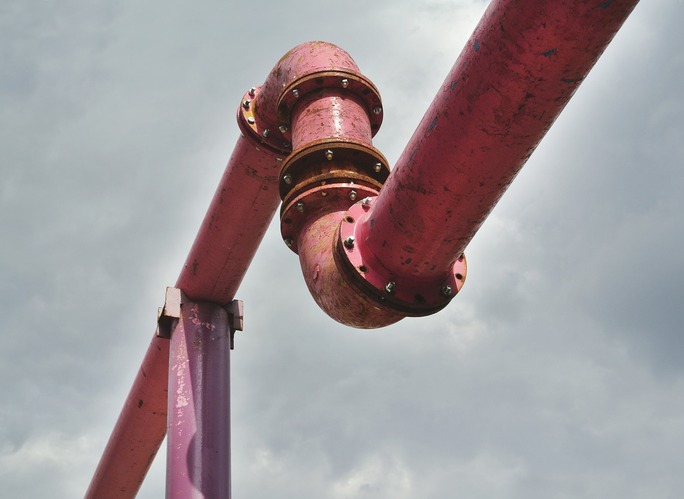CIPP installation is actually a simple process. Once you’ve determined that cured in place piping works for your budget and your business, it’s time to spring into action. There are three main steps to prepping pipes for CIPP. First, the pipes are inspected. Then the pipe is taken offline. Finally, the pipe is thoroughly cleaned. After that, installation can begin.
1. Visual inspection
The first step to CIPP installation is a visual inspection. This allows your CIPP technicians to establish that your pipe is actually a good candidate for CIPP. While CIPP can be installed in many pipes, even those badly damaged, there is a minimum structural standard that has to be met.
The visual inspect does more than make sure that the pipes are not collapsed, however. Visual inspection can check for dangers such as cross boring. Sometimes, utility pipes are bored through and a new pipe or cable is run through them. These mistakes can be dangerous. They’re always something that needs to be replaced. Visual inspections can check cross bores and other problems like intrusive roots or debris before CIPP installation begins.
2. Taking the pipe offline
This is the shortest and easiest step. Before CIPP is cured, the resin and epoxy can be moved, smeared, or weakened if the pipe is used. Taking the pipe offline typically means cutting off the flow through the pipe and allowing it to drain. The impact this will have on your property depends on many factors unique to your situation. Some pipe systems have other drains or intakes to pick up the slack, some don’t. The good news is that CIPP can take as little as a day to install. Even if your property is down for the count, it won’t be out long.
3. Sewer cleaning
Sewer cleaning is a useful process. It’s explained by Advanced Pipe Repair here. Simply put, high powered water jets are used to clean out anything that could be obstructing your pipe. CIPP needs a clean surface to harden on. Intrusive roots or pipe debris can create bumps and pockets in your flexible felt liner that will harden into your final pipe. You need your pipe as smooth as possible for efficiency purposes.
Even if your pipes are free of intrusive roots, mud, and debris, a cleaning will still probably be useful. Grease and oil is common in drainage systems. While dirt isn’t as bad for your new CIPP system as a bunch of roots or a partially blocked segment of pipe, it’s not good. It can interfere with the hardening process, creating brittle or slack parts in your pipe. Your CIPP installation team is going to want to give your pipe a quick cleaning to be on the safe side even if it carries water.
There are only three short prep steps between your pipes and CIPP installation. Visual inspections make sure your pipes are fit to be relined. The pipe needs to be taken offline to allow the new pipe to cure. Finally, the pipes must be cleaned to make sure your CIPP gets off to a good start.
